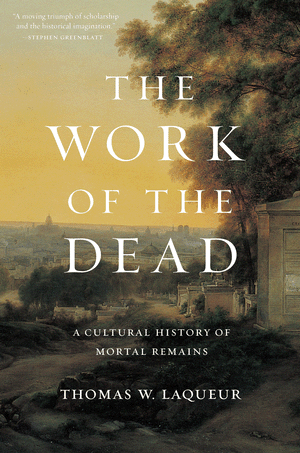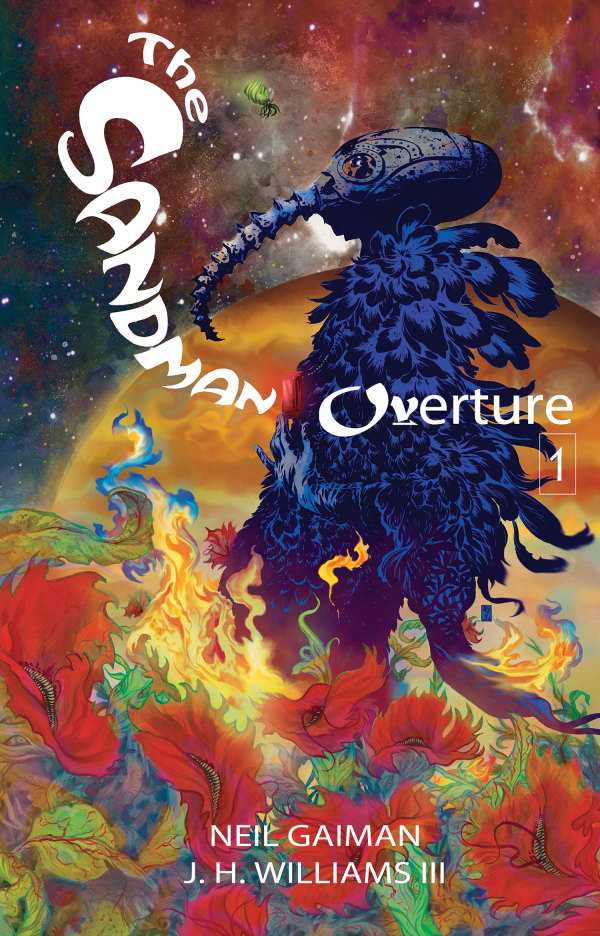FRESH AIR
Author Neil Gaiman has always been fascinated by dreams. As he sees it, dreams are what differentiate people from one another. “None of us exist in a world that is the same world that any of the rest of us live in,” Gaiman explains to Fresh Air’s Sam Briger. “The world that’s important is the world behind each of our eyes, which is something that none of the rest of us can access.” One could argue that Gaiman’s dream world is a bit more public than most. In his horror/fantasy comic book series The Sandman, originally published in the late 1980s, Gaiman introduced readers to a godlike title character who rules the world of dreams. The series ended in 1996 after 75 issues, but for its 25th anniversary, Gaiman returned to write, with illustrator J.H. Williams III, a 6-part miniseries called The Sandman: Overture. He says that returning to his Sandman characters was “the most intense period of my life.” “The fictional characters were more real to me, or at least as real to me, as anything else that was happening,” he says. “I was spending more time with them than I was with my own family.” MORE
______
RELATED: Growing up as the son of a pathologist, Thomas Laqueur says, his father would leave the dinner table to conduct autopsies. Sometimes Laqueur would watch his father prepare pathological samples that he had taken from the bodies.”I lived in a family in which the dead were present,” Laqueur explains to Fresh Air’s Terry Gross. “My father regarded the dead very routinely, in a way a mortician might regard them. He was interested in them scientifically.” In  contrast, Laqueur was drawn to cultural and historical significance of the dead. “It could be more in reaction to my father’s totally materialist account of the dead that I’ve become interested in this tension between the dead as something purely material and the dead as so culturally important,” says Laqueur, a professor of history at the University of California, Berkeley. In his new book, The Work of the Dead, Laqueur examines the cultural significance of human remains and describes how burial and cremation customs have evolved over the centuries. According to Laqueur, the landscaped secular cemeteries of our modern age are products of the French Revolution. The French revolutionaries “created the first cosmopolitan community of the dead, which was Père Lachaise — which is explicitly not a churchyard, that is to say, it was explicitly not just for Christians, it was explicitly cosmopolitan,” Laqueur explains. “The Russian could lie next to the Spaniard, the Jew next to the Christian, so the cemetery as a landscape feature as a place for a new kind of community of the dead is really a creation of the French Revolution and its rejection of the history of the making of the churchyard.” MORE
contrast, Laqueur was drawn to cultural and historical significance of the dead. “It could be more in reaction to my father’s totally materialist account of the dead that I’ve become interested in this tension between the dead as something purely material and the dead as so culturally important,” says Laqueur, a professor of history at the University of California, Berkeley. In his new book, The Work of the Dead, Laqueur examines the cultural significance of human remains and describes how burial and cremation customs have evolved over the centuries. According to Laqueur, the landscaped secular cemeteries of our modern age are products of the French Revolution. The French revolutionaries “created the first cosmopolitan community of the dead, which was Père Lachaise — which is explicitly not a churchyard, that is to say, it was explicitly not just for Christians, it was explicitly cosmopolitan,” Laqueur explains. “The Russian could lie next to the Spaniard, the Jew next to the Christian, so the cemetery as a landscape feature as a place for a new kind of community of the dead is really a creation of the French Revolution and its rejection of the history of the making of the churchyard.” MORE

